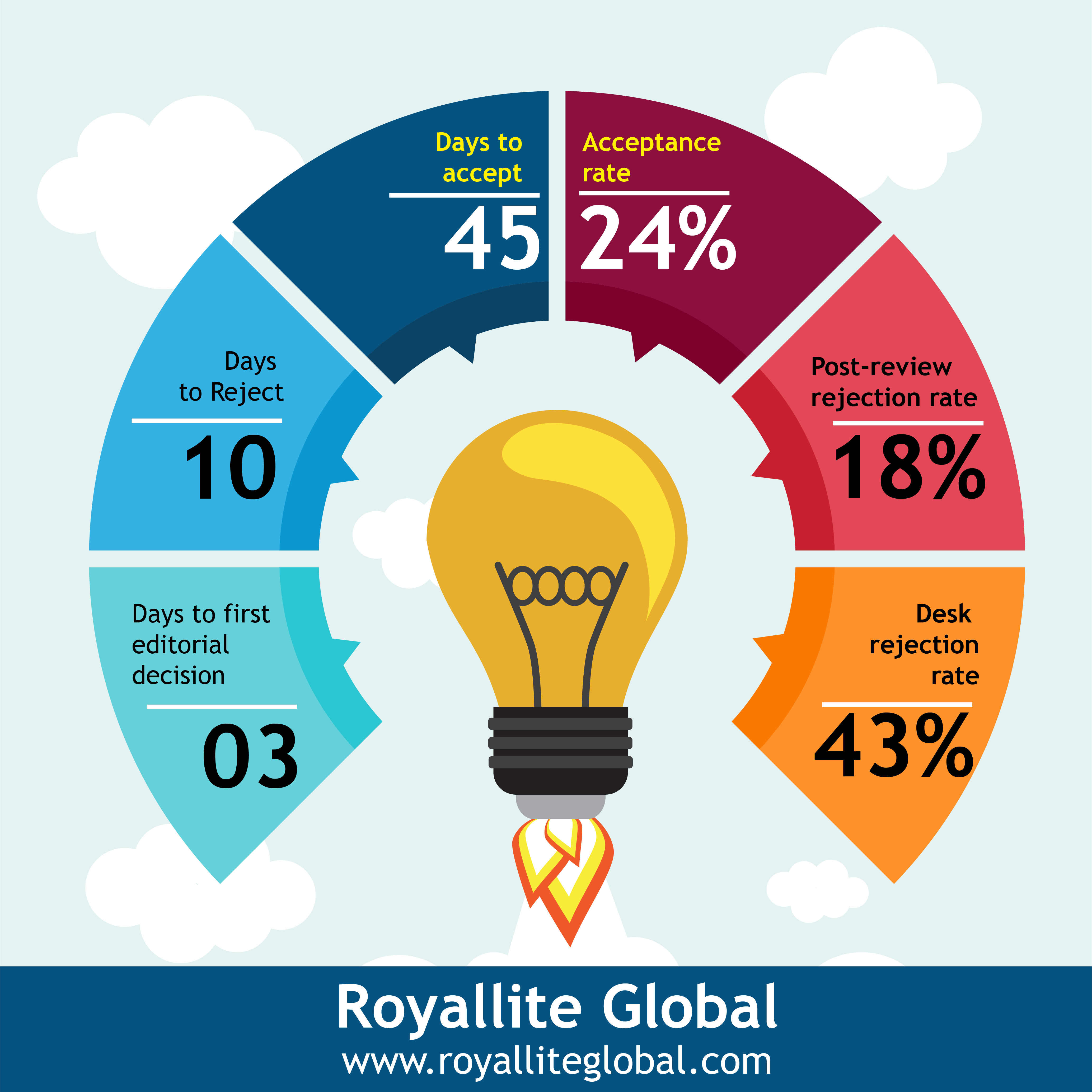Morphosyntactic analysis of Asante’s family names
Keywords:
Akan, compounding, morphology, morphemes, syntaxAbstract
This paper sought to address family names among the Akan of Ghana and considers naming as an important aspect of the Akan society. It looks at Akan names within the preview of linguistics anthropology. The data were collected through interviews, questionnaires and documents from school register and electoral commission register. The descriptive method was used to analyse the data. The study shows that names are words that can generate morphological aspects such as compounding, affixation, nomination, reduplication as well as syntactic aspects such as sentences and phrases form from them. Names such as Asafo - Agyei, Frimpↄn Manso, Boatemaa are under the study of morphology aspect such as stem, compounding, affixation, reduplication, nomination.
References
Adle, M. K., (1978). Naming and addressing. Hamburg. Helmut Buske Verlag.
Agyekum, K. (2006). The sociolinguistic of Akan family names. Nordic Journal of African studies 15(2):206-223.
Adomako, K. N. (2017). Morphphonological analysis of Akan female family names formation. African Journals Online.
Akpanglo-Nartey, J. N. (1988). Introduction to Linguitics. Tema: Sakumo Computer Complex.
Akpanglo-Nartey, J. N. (2002). A phonology course for non-native speakers of English (2nd edition). Tema: Skumo Books.
Anderson, J. C. (2013). Verb – internal Compound Formation in Akan. Journal of West African Language, XL (1): 89-104.
Anfin, Z. (2009). A Morphological study on English Compound Word Pound in Kanguru Radio English Magazine. Thesis Malang: Maulana Malik Ibrahim.
Ansu-Kyeremeh, K. (2000). Communicating nomination: Some Social Aspect of Bono Family names. Nordic Journal of African Studies 15(2): 230-236.
Appah, C. K. I &Yvonne, A. (2008). Morphology. Institute of Adult Education (IAE), University of Ghana, Legon.
Aronoff, M. (1993). Morphology by itself. Cambridge, MA: MIT press.
Baver, W. (2003). Maori (Descriptive Grammar Series). London: Routledge
Butt, M. H., Nino, T. K., M. E. & Segond, F. (1999). A Grammar Write’s Cookbook. CSLI Publication, Center for the Study of Language and Information. Leland Standford Junior University, United States.
Crystal, D. (2007). A dictionary of linguistics and phonetics (5th edition). MA, USA: Blackwell Publishing.
Dolyhyne, F. A. (2006). The Akan (Twi – Fante) Language: its sound system tonal structures. Accra, Universities Press.
Fronkin, V. R. R. &Hyamas, N. (2007). Introduction to language. Thomson High Education, MA: Boston, USA.
Haegeman, L. (2006). Thinking syntactically: A Guide Argumentation and Analysis. U. k. Blackwell publishing.
Hocket, C. F. (1995). A Course in Moderm Linguistic. New York: The Macmillan Company.
Kager, R. (1991). Optimality Theory. Cambridge University of Chicago press.
Mattews, P. H. (1991). Morphology: An Introduction to Theory of Word Structure (2nd eds). Cambridge University Press.
Murty, J. D. (2007). Contemporary English Grammar. Nigeria: Book Masters.
Obeng, G. S. (1998). Akan Death – Prevention Names: A Pregmatic and Structural Analysis. In. Names 46 (3), 163 – 187.
Owu-Ewie, C. (2014). A morphosyntactic analysis of Fante habitation names (econym). Paper presented at inter university co-existence conferences. University of Cape Coast.
Owu-Ewie, C. (n:d). A morphosyntactic analysis of some Akan family names. University of Education, Winneba. Faculty of Ghanaian Language Education.
Sekyi-Baidoo, Y. (2002). Learning and Communicating. Kumasi, Wilas Press Ltd.
Rey, A. (1995). Essays on Terminology. Amsterdam: John Benjamins Publishing Company.
Tallerman, M. (2005). Understanding Syntax. Linguistic and Literature, 10(1), 53-56
Strong, W., Lester, M. & Ligature, I (1996). Writes Choice. Grammar and Composition, Ohiso: Gleneoe/McGraw Hill.
Wiredu, J. F. (1999). Organized English Structure. Ghana Academic Publication (Ghana) Ltd.
Wiredu, J. F. (2009). Organized English Structure. Accra, Academic Publication (Ghana) Ltd.
Yule, G. (1997). Referential CommunicationTasks. Mahwah, NJ: Lawrence Eribaum.
Downloads
Published
Issue
Section
License
Copyright (c) 2022 Sarah Sarfo, Anthong Kwaw Armoo, Anna Serwaa-Nkrumah, Broni Isaac

This work is licensed under a Creative Commons Attribution-NonCommercial-ShareAlike 4.0 International License.
This open-access article is distributed under a Creative Commons Attribution (CC-BY) 4.0 license.
You are free to: Share — copy and redistribute the material in any medium or format. Adapt — remix, transform, and build upon the material for any purpose, even commercially. The licensor cannot revoke these freedoms as long as you follow the license terms.
Under the following terms: Attribution — You must give appropriate credit, provide a link to the license, and indicate if changes were made. You may do so in any reasonable manner, but not in any way that suggests the licensor endorses you or your use.
No additional restrictions You may not apply legal terms or technological measures that legally restrict others from doing anything the license permits.






